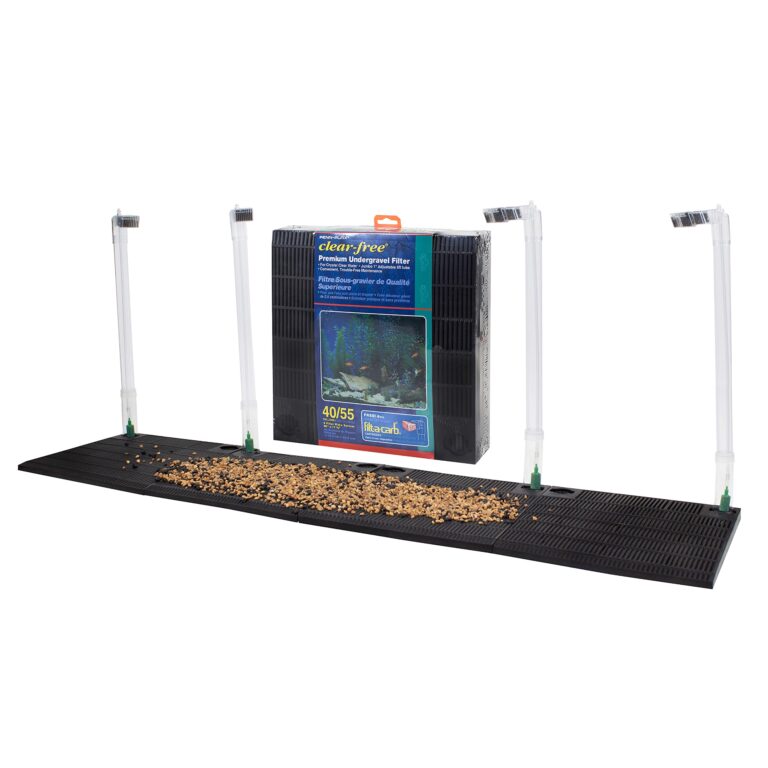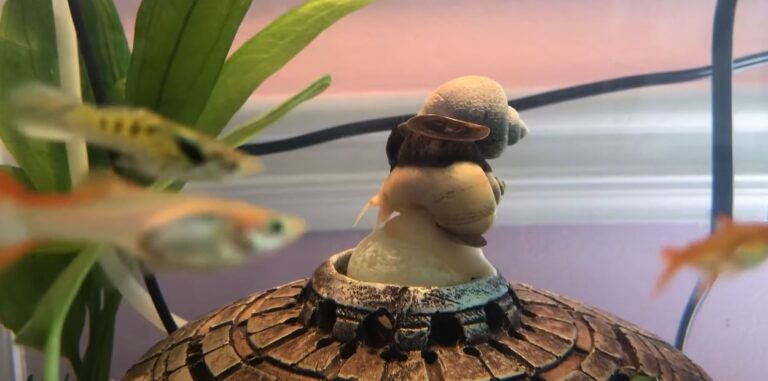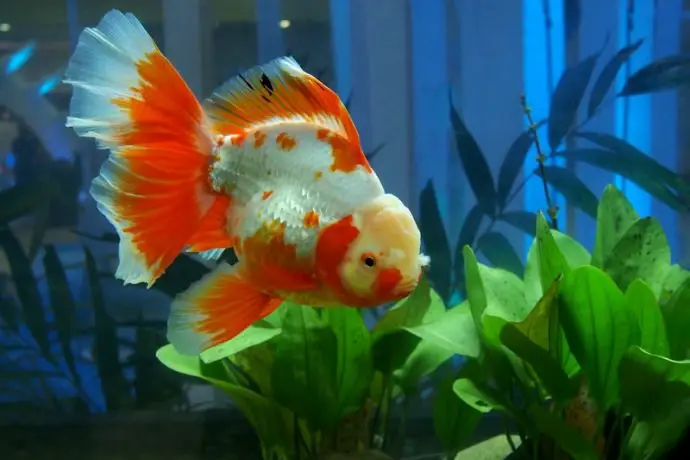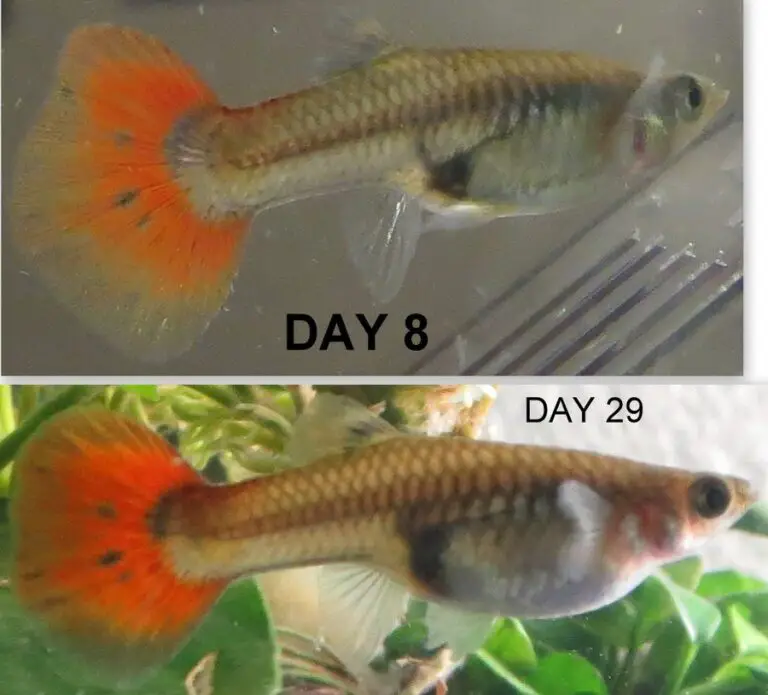How to Quarantine Aquarium Plants?
To quarantine aquarium plants, start by setting up a separate tank for the new plants. Make sure to use dechlorinated water and add any necessary treatments. Place the new plants in individual containers with holes so the excess water can drain out.
Keep these containers within the quarantine tank away from other fish or decorations, as they could carry bacteria or parasites that could infect your existing tank. Leave the plants in their containers until you’re sure they are disease-free (usually 2 weeks). During this time, do not feed them nor change their water as it may stress them and cause infection.
After two weeks of observation, dip each plant into a mild bleach solution before moving it to your main tank.
- Inspect all aquarium plants prior to adding them to the tank: Before placing new aquarium plants into an existing tank, it is important to thoroughly inspect each plant for signs of disease or parasites
- If any signs are present, do not add the plant, and either discard of it or place it in quarantine until further inspection can be done
- Place the aquarium plants in a separate container: Once inspected, place all new aquatic plants in a separate container with water from your established aquarium
- This will help ensure that any harmful bacteria or parasites on the new plant won’t spread throughout your main tank right away
- Monitor water chemistry and temperature: After adding the new plants, monitor both water temperature and chemistry closely over a one-week period before introducing them into your main tank environment
- Make sure that pH levels remain consistent during this time—if there are sudden changes then you should consider removing the infected plant(s) immediately as they could be carrying something contagious like Ichthyophthirius (Ich)
- 4
- Remove any dying leaves from newly added aquatic plants : During their first week in quarantine check for any dead leaves on each of your fish’s new additions; remove these promptly as decaying material can increase ammonia levels which could harm other aquatic life within your system if left unchecked for too long
- 5
- Introduce healthy quarantined aquarium plants back into main system : Once you have monitored and ensured that no signs of infection were found after 1 week of quarantine , slowly reintroduce these healthy planted species back into your main system by gently acclimating them to their new environment before fully releasing them out into open waters!
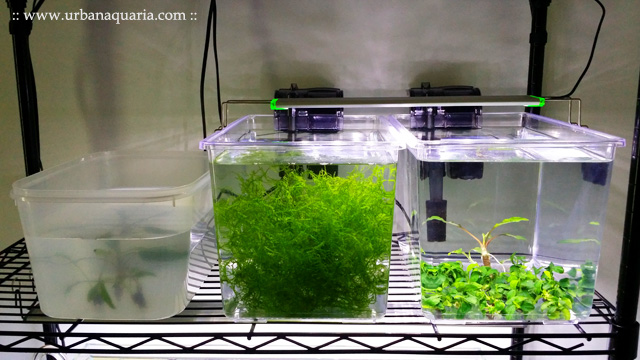
Credit: www.urbanaquaria.com
How Do You Quarantine an Aquarium Plant?
Quarantining an aquarium plant is a very important step in making sure that your tank remains healthy. Before adding any new plants to your existing aquarium, it’s important to quarantine the plant first by placing it in a separate tank or container filled with water from the original tank. This will prevent any potential disease causing organisms from entering the main tank and spreading among other fish and plants.
Ensure that you also inspect the plant carefully for signs of damage or infection before adding it to its final destination. Make sure to change out some of this quarantine water on a regular basis so as not to allow harmful bacteria or parasites to build up, which can lead to illness in both fish and plants alike. Finally, keep an eye on the overall health of your aquarium inhabitants during this process; if there are any signs of distress then remove the quarantined plant immediately!
How Long Do I Quarantine Aquarium Plants?
When it comes to quarantining aquarium plants, the amount of time needed can vary greatly. Depending on the type of plant and its origin, quarantine times can range from a few days up to several weeks. If you’re purchasing live plants from an online source or pet store for example, it is always best practice to quarantine them for at least two weeks before introducing them into your tank.
This will help ensure that any pests or diseases are not transferred over into your existing ecosystem. During quarantine be sure to keep track of water parameters such as temperature and pH levels so that they remain consistent with those in your main tank. Additionally, make sure there is adequate filtration and lighting throughout the process in order to give the plants their best chance at survival once acclimated back into their new home.
Quarantine periods should also take place if you have recently purchased new driftwood or rocks as these too could potentially harbor unwanted hitchhikers like snails or algae spores which could harm existing inhabitants when added in without precautionary measures first taken.
How Do You Decontaminate Aquarium Plants?
Decontaminating aquarium plants is an important part of setting up and maintaining a healthy aquarium. Decontamination helps to keep potentially harmful bacteria, parasites, and other contaminants away from your fish and other aquatic life. The process itself is relatively easy but must be done carefully in order to ensure the safety of your tank inhabitants.
First, you’ll want to remove any visible debris or dirt on the plant by lightly rinsing it under cool running water. Next, prepare a 10% bleach solution (1 part bleach: 9 parts water) and soak the plant for 10-15 minutes before thoroughly rinsing it off with clean water again. Lastly, use tweezers or forceps to inspect each leaf for any leftover residue or snails/algae eggs that may have been missed during cleaning; once all material has been removed transfer the newly decontaminated plants into their new home!
Following these steps will help keep your fish safe from potential pathogens while also bringing a bit of greenery back into your aquarium!
How Do You Quarantine Aquarium Plants With Salt?
In order to quarantine aquarium plants with salt, you will need to create an environment that is separate from the main tank. This can be done by using a plastic container or bucket filled with water and adding the same amount of salt as in your main tank. Then, place the plant into this new environment and wait for two weeks before introducing it back into the main tank.
During this period, make sure to monitor any changes in color or health of the plant. If there are any signs of disease such as discoloration or wilting leaves, then it is best to discard that particular plant and find another one instead. Furthermore, during these two weeks make sure not to change any parameters like temperature or pH level since drastic changes can shock the plants even further.
After two weeks have passed without issues you can safely add them back into your aquarium where they can flourish once again!
HOW TO: Make aquarium plants safe for your fish tank
Conclusion
Quarantining aquarium plants is an important part of keeping a successful and healthy fish tank. It helps prevent the spread of disease and parasites, while also allowing you to properly inspect new plants for any problems before introducing them into your existing tank. By following the steps outlined in this article, you can easily quarantine your new aquarium plants and help ensure that they will thrive in their new environment.

